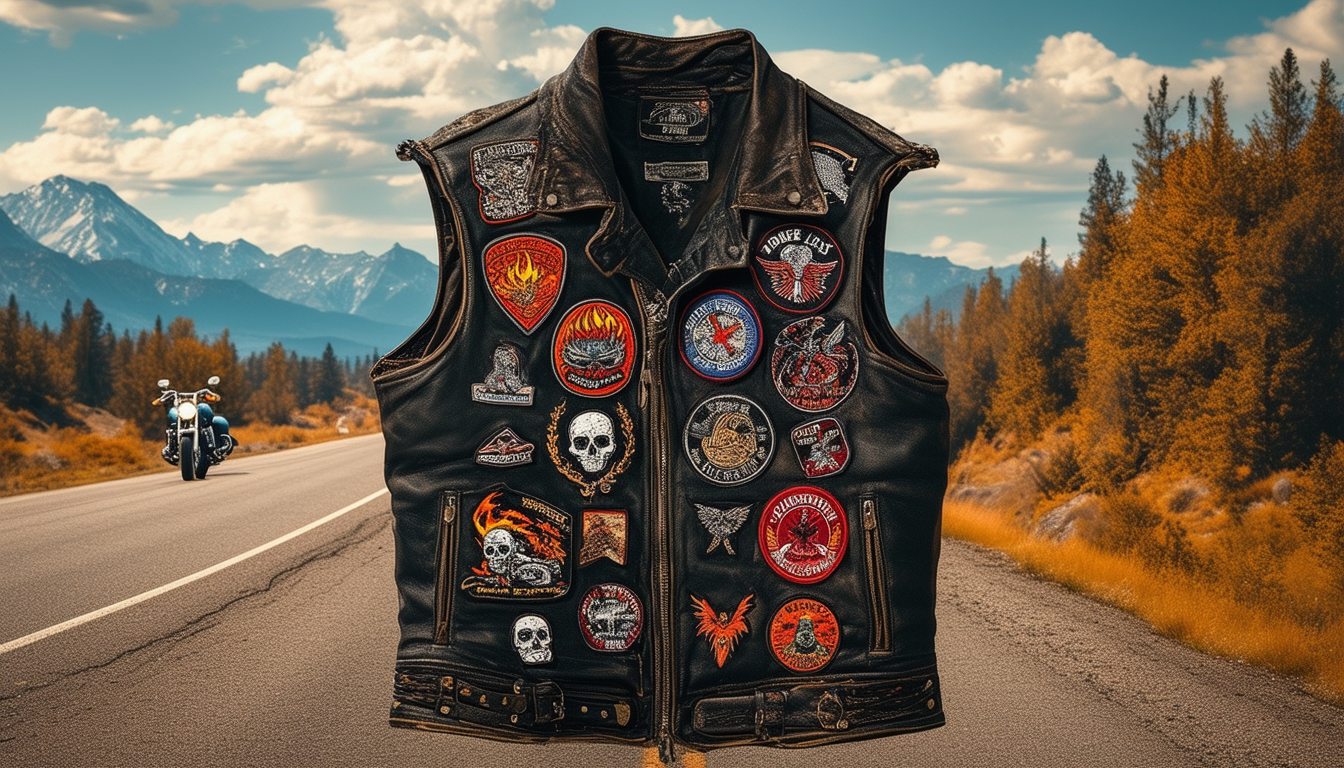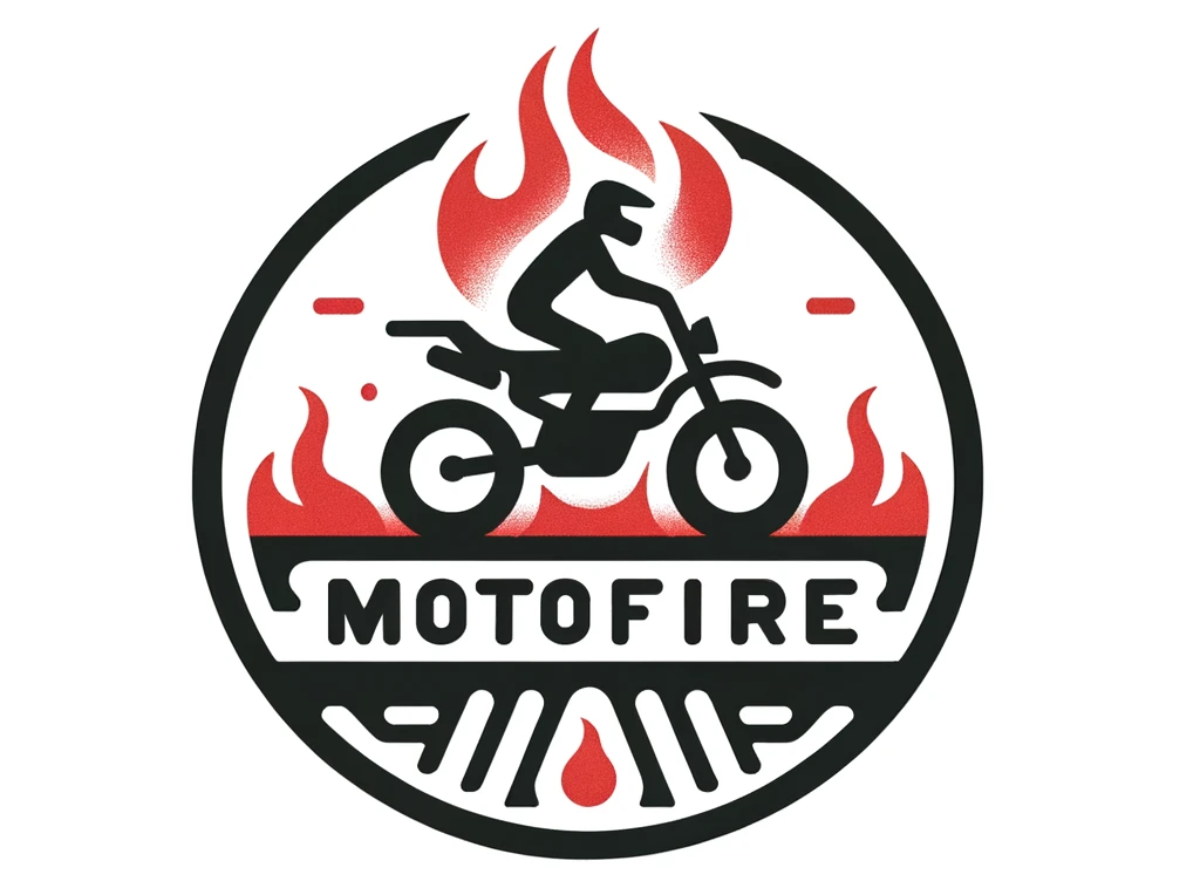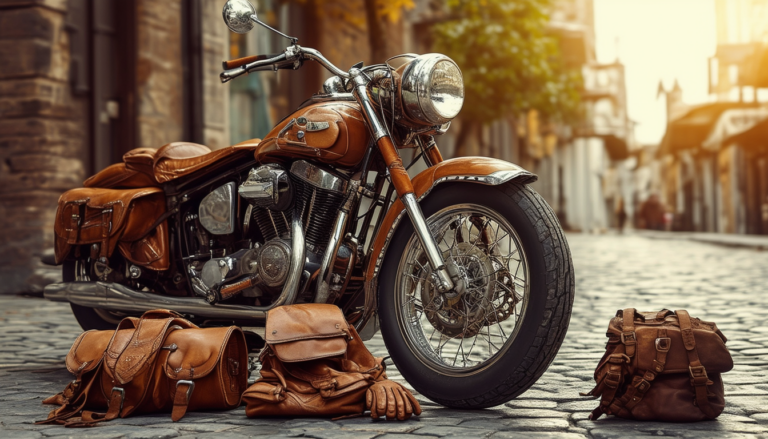You Won’t Believe What These Biker Patches Really Mean

Have you ever been curious about the mystique surrounding biker patches? These intricate insignias are so much more than just decorations on a leather jacket. Each patch carries its own unique symbolism and history, often intertwined with the social dynamics of motorcycle clubs. Understanding what these patches signify can open up a whole new world of appreciation for biker culture and its hidden meanings. From the notorious 1% patches representing outlaws to the coveted three-piece designs that define hierarchy within clubs, there’s a lot to uncover that goes beyond the surface. Join me as we delve into the fascinating world of biker patches and the stories they tell.
Biker patches are not just decorative elements on a leather jacket; they carry deep meanings and represent significant aspects of motorcycle culture. Many outsiders might perceive them as mere fashion statements, but for bikers, each patch tells a story of loyalty, identity, affiliation, and sometimes even danger. This article delves into the complex world of biker patches, explaining what they truly signify and highlighting the importance of understanding their implications.
The Symbolism Behind Biker Patches
Biker patches often serve as symbols that reflect the ethos and traditions of motorcycle gangs or clubs. Among the most recognized patches is the three-piece patch, which includes a top rocker, a center emblem, and a bottom rocker. This configuration usually indicates the club’s name and region. Each segment has its own purpose; for example, the top rocker typically identifies the club, while the bottom rocker often specifies the area of operation.
The meaning of a patch can also express a member’s accomplishments. Patches awarded to members may signify milestones, while certain patches communicate solidarity with fellow bikers. These visual signals create a hierarchy within the community, where recognition and respect are earned through shared experiences and loyalty.
Understanding the 1% Patch
One of the most notorious patches is the 1% patch. It represents the outlaw bikers who identify themselves as part of the 1% of motorcyclists who engage in activities outside the law. According to their own narrative, 99% of bikers are law-abiding citizens, while this small faction embraces a rebellious lifestyle. Members who wear this patch share a bond based on their commitment to living outside societal norms.
Dangerous Associations
While many patches symbolize camaraderie and loyalty, some carry dangerous connotations. The skull and crossbones patch, for example, may signify that the wearer has committed severe acts, including violence or murder, to protect their club’s interests. This frightening symbol exemplifies the darker sides of biker culture, revealing how certain designs can intimidate or signal threats to outsiders.
Patches to Avoid
Not all patches are created equal, and some should be approached with caution. Wearing patches associated with outlaw gangs can evoke hostility or even violence from members of the rival clubs. Specifically, patches that indicate affiliation with infamous motorcycle clubs like the Hells Angels are seen as marks of membership that can draw unwanted attention. It’s crucial for those outside the motorcycle community or casual riders to understand these implications before donning any biker-related patches.
Jargon and the Unwritten Rules
The world of biker patches is governed by a variety of unwritten rules and codes. For instance, there is the 3% rule, which relates to the percentage of bikers who account for most motorcycle-related crimes. Members of various clubs engage in conversations about patches and symbols frequently, as these discussions help clarify the underlying meanings associated with the patches worn by their peers.
The Influence of Popular Culture
The representation of bikers in film and media has also played a significant role in shaping perceptions of patches. Symbols that were once specific to the biker subculture can be co-opted by mainstream audiences and sometimes misrepresent the culture’s significant meanings. The glamourization of biker life can lead to misunderstandings, where patches are viewed as mere fashion statements rather than deeply-rooted symbols of identity and loyalty.
Overall, understanding the significance of biker patches provides a fascinating glimpse into the rich tapestry of motorcycle culture. From the bonds of loyalty to the darker undertones of rebellion, these emblems are more than just fabric; they narrate tales of a lifestyle forged through shared passion and challenges.
- 1% Patch: Indicates the member belongs to the 1% of bikers who are part of an outlaw club.
- Skull and Crossbones: Awarded for extreme loyalty, often linked to serious crimes.
- 3 Piece Patch: Represents the club’s organizational structure, including the top rockers.
- Sub-affiliate Patches: Signifies a relationship with larger clubs without full membership.
- Colored Patches: Each color can reflect the club’s history or significant events.
- Confederate Flag: Historically used to shock and provoke, now carries controversy.
- Middle Finger Patch: A sign of rebellion and defiance against authority.
- Support Club Patches: Indicate allegiance without full club membership.
Biker patches carry deep meanings that go beyond mere decoration. These symbols can signify membership in a club, rank within the gang, or even an individual’s past experiences. Understanding these patches helps unravel the rich social history and culture of motorcycle clubs.
Understanding Patch Symbolism
Every patch has its story. For instance, the 1% patch denotes those who live outside the law, suggesting that 99% of bikers are law-abiding individuals. Conversely, a three-piece patch can signify full membership in a motorcycle club, often accompanied by a specific set of rules and traditions.
Patches to Avoid
While exploring the world of biker patches, it’s crucial to know which ones to avoid. Some patches, like the skull and crossbones, could indicate a member has engaged in violent acts. Such symbols carry weight and should be approached with caution to maintain respect and understanding within the biking community.






